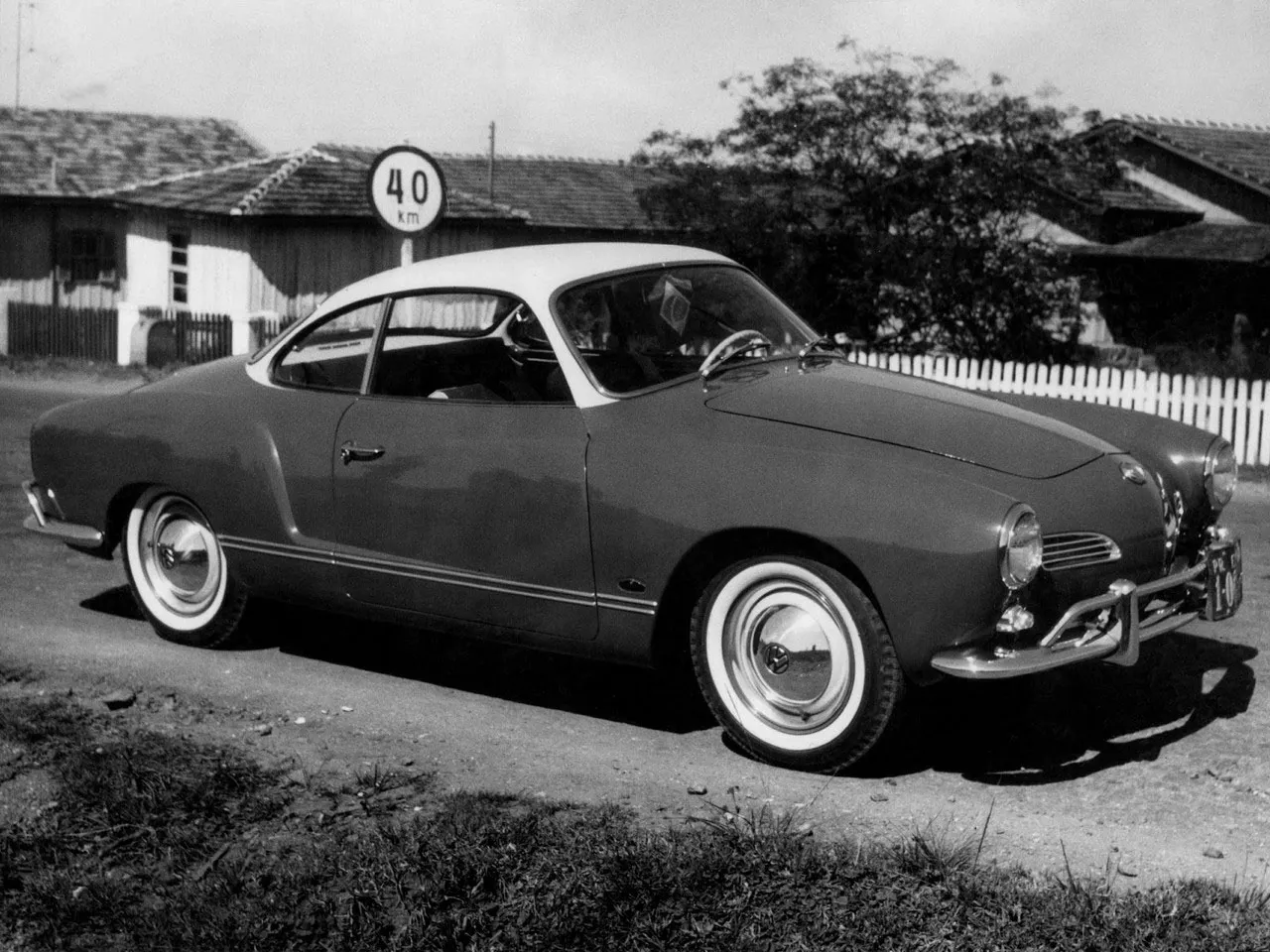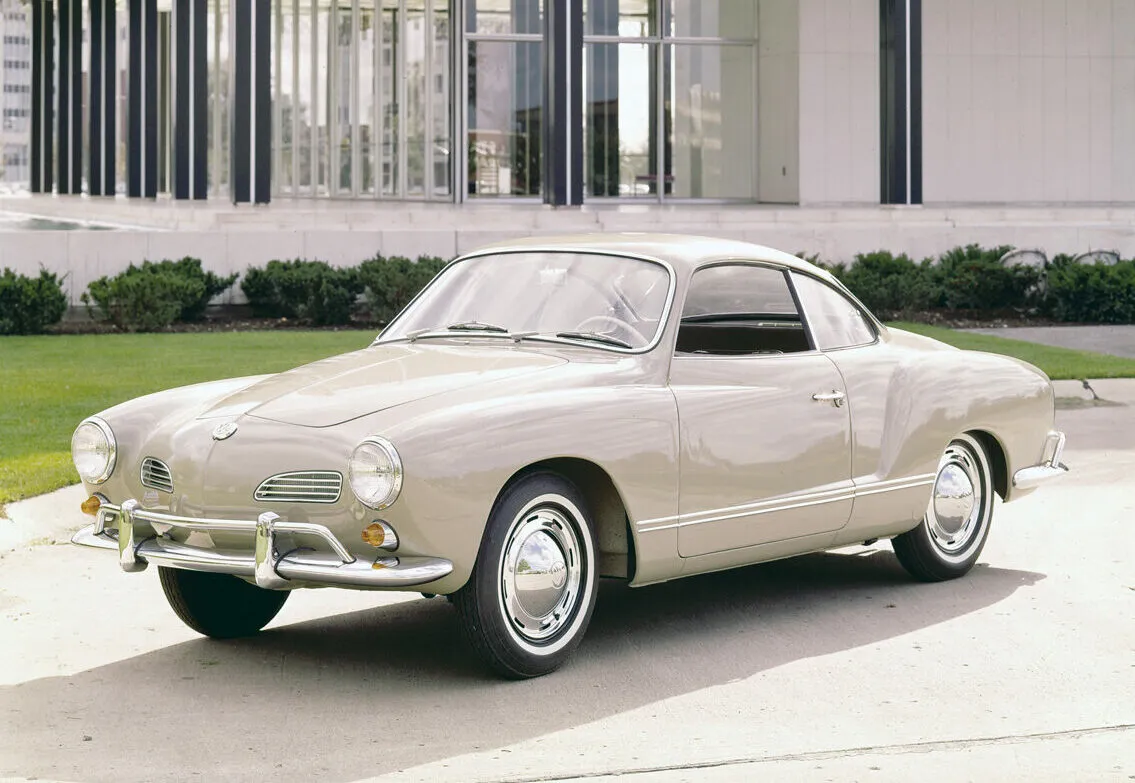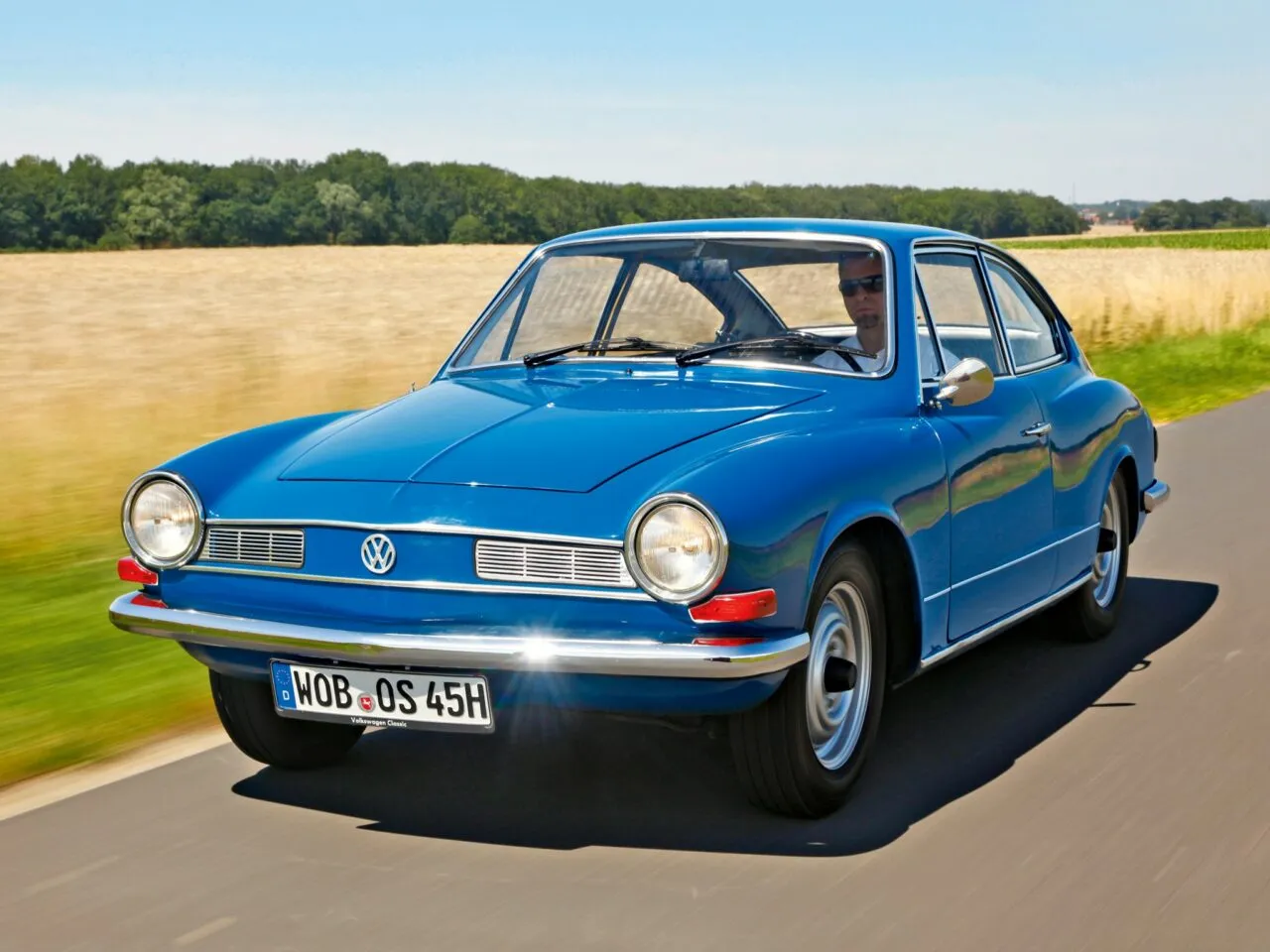O Karmann Ghia is a car that combines elegance, simple engineering and a rich history. Initially produced in Germany and later in Brazil, it became one of Volkswagen's most beautiful and desired cars. With its handmade bodywork and Italian design, the model is an icon that spans generations.
Post-War Europe and the Birth of the Karmann Ghia

In the 1950s, Europe was beginning to rebuild after the devastation of World War II. With emerging economies, consumers were looking for more sophisticated but still affordable cars. Volkswagen, already known by beetle and by Kombi, wanted to expand its portfolio with a sporty and stylish vehicle.
To do this, the German automaker turned to Karmann, a coachbuilder. Karmann, in turn, sought out Ghia Body Shop, an Italian company renowned for its innovative designs. Thus was born the project that would result in the Karmann Ghia, presented in 1955.
The model combined the reliable chassis and mechanics of the Beetle with a body designed by Ghia and produced by Karmann. This partnership resulted in a car with elegant lines and almost artisanal production, using techniques such as tin to hide the welds.
The Versions and Their Features
Initially, the Karmann Ghia was released as a coupe, but soon the version appeared convertible, expanding its appeal among consumers. Its engine was the same as the Beetle's, a 1,200 air, which delivered about 30 horsepower.
Over the years, the model received improvements in its engine, such as the engine 1.500 and later the 1.600, which increased power and efficiency.
Arrival in Brazil

In 1962, Brazil became the only country outside Germany to manufacture the Karmann Ghia. This feat was only possible thanks to the vision of the then president of Volkswagen do Brasil, Friedrich Schultz-Wenk, who convinced Karmann to open a factory in the country.
Brazilian production maintained the same artisanal standard as Germany. Volkswagen supplied the mechanical assembly, while Karmann assembled the bodywork. Between 1962 and 1971, 23,570 units, being only 177 convertibles, making these versions extremely rare and prized today.
Evolution and Its Substitutes

In Europe, the Karmann Ghia gained a new version in 1962, known as Type 34 or Karmann Ghia 1500. This model was based on the platform Type 3 and had a more square design, with less rounded lines. However, its production was limited to 42,505 units until 1969, which made it a less popular model.
In Brazil, the Karmann Ghia TC emerged as the successor to the original model in 1972. Inspired by the design of the Porsche 911, it was built on the platform of Type 3 and equipped with the engine 1.6 air-cooled 65 hp. Despite its visual appeal, the TC had limited production to 18,119 units until 1975.
The Legacy
Even decades after the end of its production, the Karmann Ghia It continues to be a car revered by collectors and enthusiasts. Its timeless design and exclusivity, especially in Brazil, make it a coveted vehicle.
Today, a well-preserved example of the model can reach values that exceed R$ 200,000, depending on their condition and originality. As for the Brazilian convertibles, given the low production, can easily exceed the R$ 400,000.
Conclusion

O Karmann Ghia It’s not just a car; it’s a work of art on wheels. Created at a time when functionality was essential, it managed to combine this with sophistication, becoming a milestone in automotive history.
Whether in Germany or Brazil, the Karmann Ghia left an unparalleled legacy. In full 2024, it continues to delight, being a guaranteed presence at classic car events and a symbol of an era in which automotive design was taken seriously.
If you want to acquire one of these icons, be prepared for a significant investment. But one thing is certain: Karmann Ghia worth every penny, not just as a car, but as a living piece of history.









